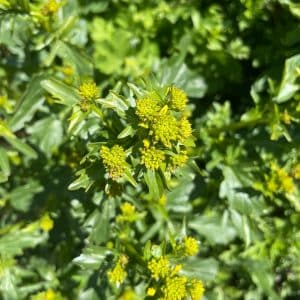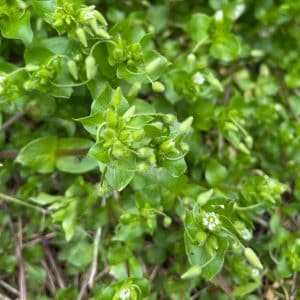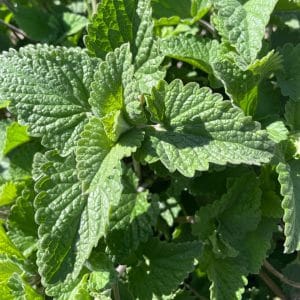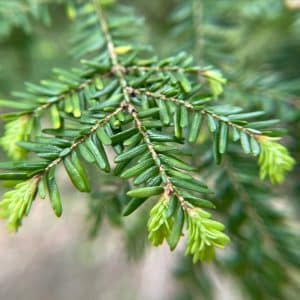Ginseng (Panax quinquefolius) is a herbaceous and perennial plant native to the deciduous forests and mountainous slopes of North East America. You may also find particularly hardy varieties growing within parts of South East Canada.
The Panax genus, or family, contains a variety of other ginseng species including Korean ginseng (Panax ginseng). You will find this species growing natively within Eastern Asia. It has very similar qualities to the American variety, however many consider the taste to be less sweet.
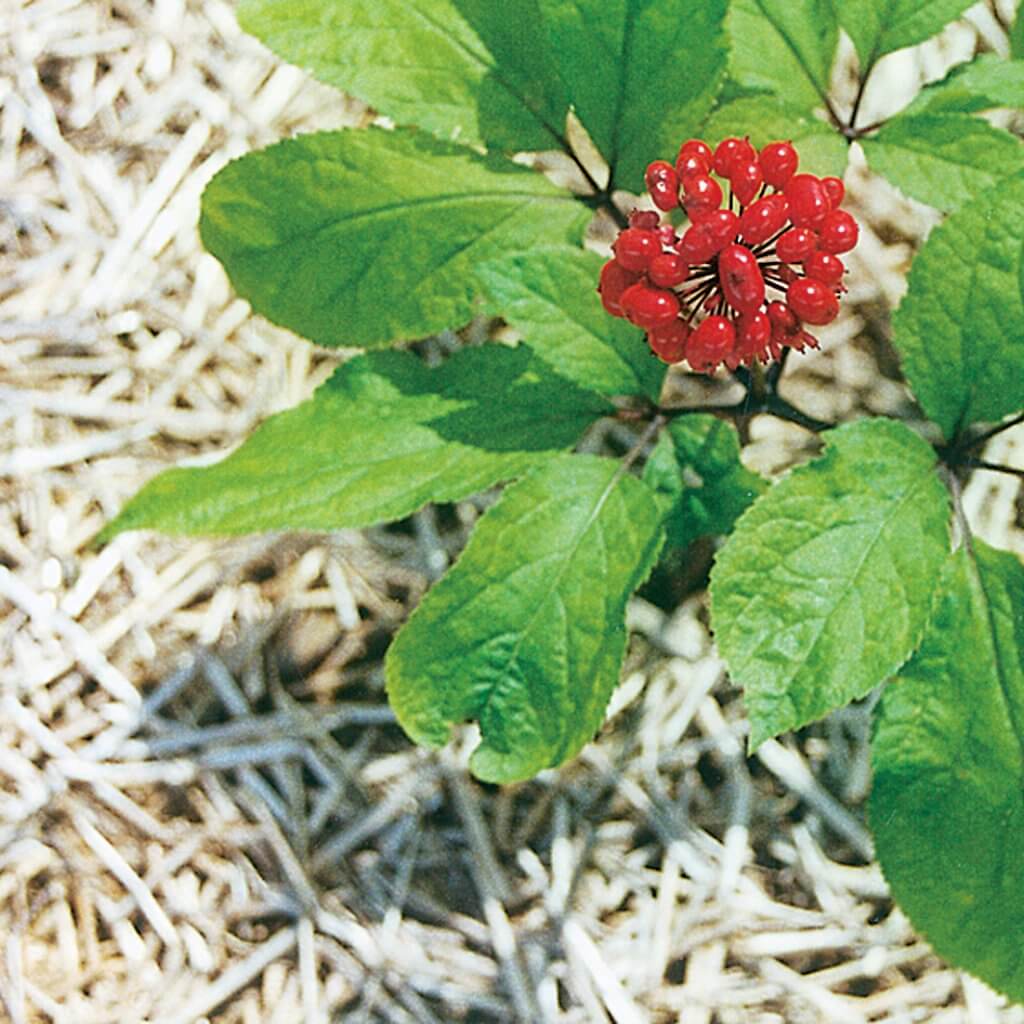
Its roots are the most commonly used part of the plant, however the leaves will occasionally be used in some herbal remedies. The root is not too dissimilar from a parsnip, however ginseng root will usually fork as it grows. You will find the above ground parts of the plant growing to a height of roughly 45cm. Deep green, veined leaves protrude from narrow stems that will also bare small, bright red berries.
Cultivation and History of Ginseng
Ginseng plants are considered vulnerable and wild varieties are now extinct in China. Due to their huge popularity in traditional medicines the demand for ginseng is outweighing its availability.
It is possible to grow ginseng indoors yourself from seed. However due to the length of germination many growers may choose to purchase seedlings. ‘Green seeds’ or more expensive ‘stratified’ seeds can be purchased. Stratified seeds have undergone the process of stratification. This means they have lost the flesh of the berry, and have gained enough energy to sprout. This process will usually take 1 year. Ginseng grows best in shade, so be sure to place the container away from direct sunlight.
If growing outdoors, plant the seeds during fall upon sloped ground. The soil must be neutral (not acidic) and very well draining for ginseng to thrive. The plant cannot tolerate heat, so if you live within a warm, dry region you should grow ginseng indoors. It can take up to 10 years for your plant to reach a level of maturity where its possible to harvest. So patience is a key element in growing ginseng!
You will typically find that Panax ginseng is the most commercially cultivated species. It is often grown commercially upon the wild slopes where it is considered native, then harvested when plants are mature. However many American cultivators exist and transport their produce throughout the world, particularly to Asia.
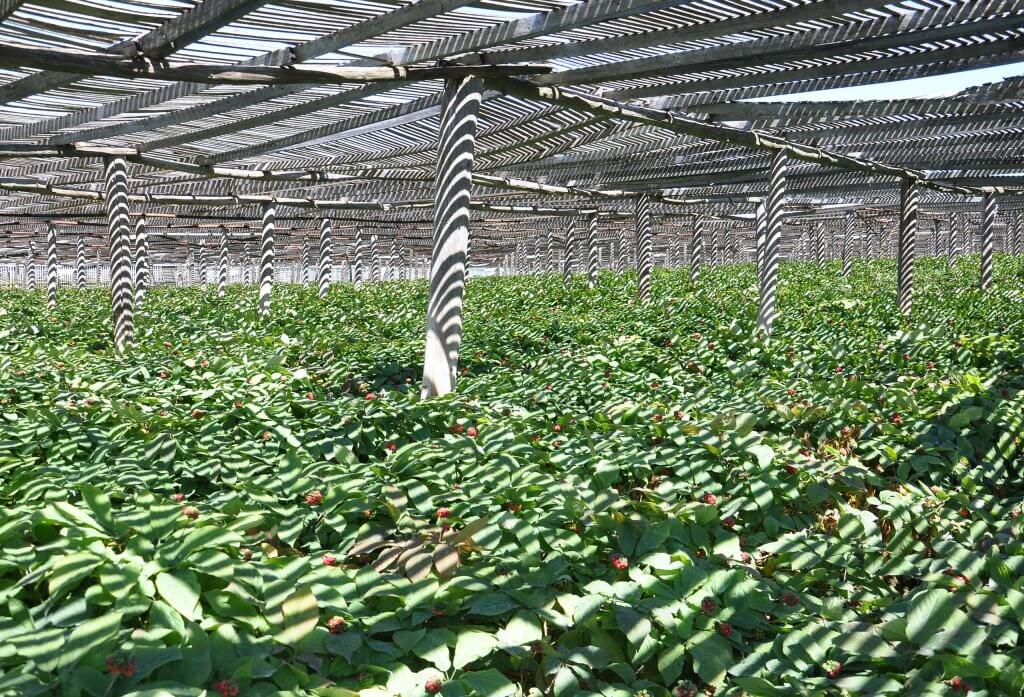
Toxicity
Whether taken as an ointment on the skin or consumed, ginseng is usually considered safe. However researchers warn of unknown side effects if you take ginseng for long periods of time. Side effects that may occur in the short term include insomnia, menstrual issues, increased heart rate, headaches and dizziness, to name but a few.
If you are pregnant, breast feeding, or suffer from kidney or heart issues, auto immune diseases or diabetes. It is recommended that you avoid taking ginseng as it could interact with your body or current illness in a debilitating way.
Uses
Culinary uses of Ginseng
Ginseng is used often in Korean cuisine, particularly in soups and side dishes. Popular drinks called ‘insamcha’ and ‘insamju’ are commonly drank. These being a type of ginseng tea and insamju being a type of liquor. You may also notice ginseng as an ingredient within various energy drinks, cosmetics, herbal teas and hair ointments.
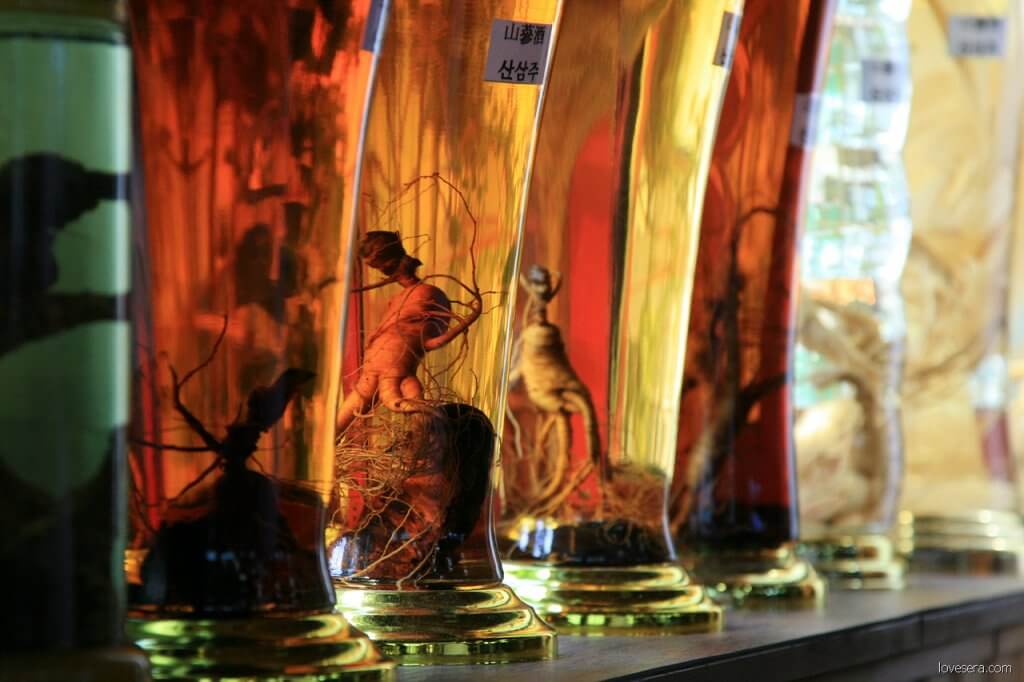
Medicinal uses of Ginseng
The roots of ginseng plants have been coveted for centuries by Chinese herbalists. It was believed to improve cognitive abilities, and was also used as an aphrodisiac. Native Americans also used American ginseng within their herbal remedies.
Today you may choose to use ginseng in reducing inflammation from eczema, improve your memory and energy or boost your immune system. It must be noted however that these benefits have not been fully researched.
Many dietary supplements of ginseng have been created. However their effectiveness as a tonic for vitality is not widely accepted.
Did you know…
The English name ‘ginseng’ has been derived from a Chinese name that translates as ‘person’ and ‘plant root’. This refers to the shape of the roots which bear a resemblance to a pair of legs.
Conclusion
Notoriously tricky to grow, mainly due to its specific requirements, ginseng can still make a worthwhile addition to your garden. Its delicate shape and bright red berries make it particularly ornamental. Plus, the potential health benefits it harbours may be greatly interesting to some. Both Korean and American ginseng are considered vulnerable. So instead of purchasing from sources which potentially over harvest, consider putting in the time to grow your own.
—————Written by Hannah Sweet
Hannah is a freelance writer and graphic designer from the UK. With a penchant for travelling, photography and all things botanical, she enjoys writing about a wealth of topics and issues, from conservation and slow living, to design and travel. Learn more about her writing and design services at www.sweetmeanders.co
Many of our readers find that subscribing to Eat The Planet is the best way to make sure they don't miss any of our valuable information about wild edibles.
See our privacy policy for more information about ads on this site

